 |
||||
|
|||||||
 |
| 3.1 Wrong-way driving starting points Where do these wrong-way accidents occur? The graph in Fig. 7 shows the percentages of these accidents that occur at various starting points. 20-40% of wrong-way accidents originate at interchanges and junctions,service and parking areas, or on the road, respectively. |
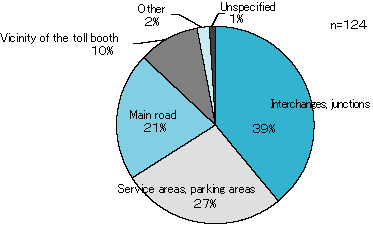 Fig. 7 Wrong-way driving starting points |
| 3.2 Circumstances involved in wrong-way driving How do people end up traveling in the wrong direction on directionally-marked highways? Wrong-way accidents generally occur when people 1, miss their intended exit, 2, end up going in the opposite direction that they wanted and make a U-turn in order to correct their error, and 3, try to get back on the main road after stopping at a service area or parking area and end up going in the wrong direction. The primary factors involved in wrong-way accidents can be divided into 4 major causes - 1) traffic violations, including intentional reckless driving, escaping from a crime scene and upset after an accident, 2) inattention, including falling asleep at the wheel, carelessness, and absent-mindedness, and 3) impaired judgment, due to some physical illness such as dementia, and 4) insufficient knowledge of basic traffic rules and regulations, including not knowing how to use the highway. The graph in Fig. 8 shows the circumstances involved in the analysis by age range. The causes for these accidents differ according to age range. Most of the accidents caused by drivers in the young and midlife adult age range are brought about by falling asleep at the wheel or by carelessness or absent-mindedness. Most accidents caused by drivers in the senior citizens age range occur because of some physical illness such as dementia or not understanding how to use the highway. The graph in Fig. 9 shows the circumstances involved in the analysis by starting points. The causes for these accidents also differ according to starting point. On the main road, most accidents are caused by drivers who are trying to avoid traffic congestion, by some physical illness such as dementia, by vehicle upset after an accident, and by not understanding how to use the highway. At the interchanges, service areas, and parking areas, most are caused by DUI, falling asleep at the wheel, and carelessness or absent-mindedness. |
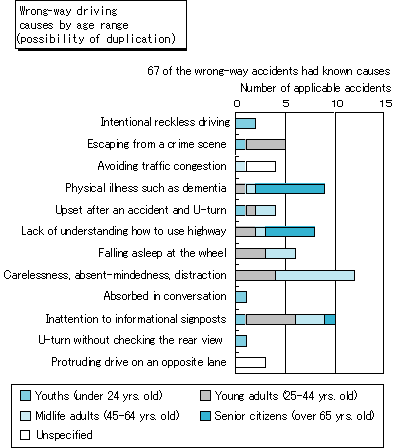 Fig. 8 Circumstances involved in analysis by age range 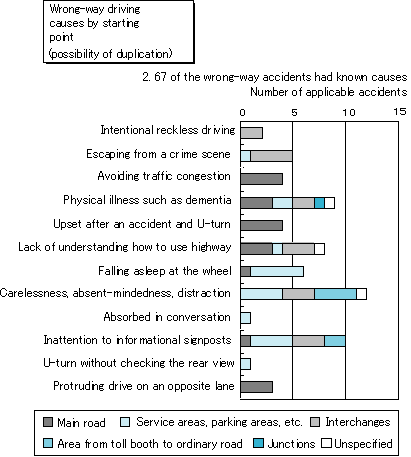 Fig. 9 Circumstances involved in analysis by starting point |
| up |
| 3.3 Circumstances involved at wrong-way driving starting points This section takes a look at some typical behavior patterns involved at wrong-way accident starting points. 1, On the main road, a driver may make a U-turn because of misunderstanding that the next lane might be an opposite lane. |
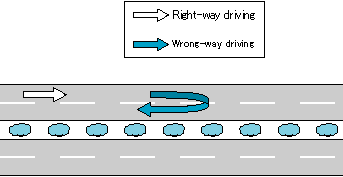 Fig. 10 Behavior patterns on main road |
| 2, At interchanges, drivers may think that they have room to make a U-turn in order to return to their desired destination, but in reality each direction of the highway is clearly separated and they may encounter a car coming from the opposite direction. |
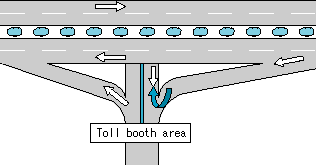 Fig. 11 Behavior patterns around interchanges |
| 4. Time periods with many fatal accidents during rainfall |
| 3, At service areas and parking areas, many wrong-way accidents are brought about when drivers mistake the exit for the entrance, or the on-ramp for the off-ramp. |
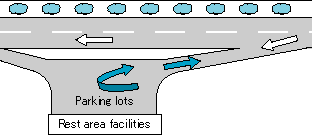 Fig. 12 Behavior patterns around service areas and parking areas |
| UP |
Institute for Traffic Accident Research and Data Analysis (ITARDA) |